https://www.youtube.com/watch?v=XIwy8Vg_7-8
Porterhouse Steak in a Cast Iron Skillet
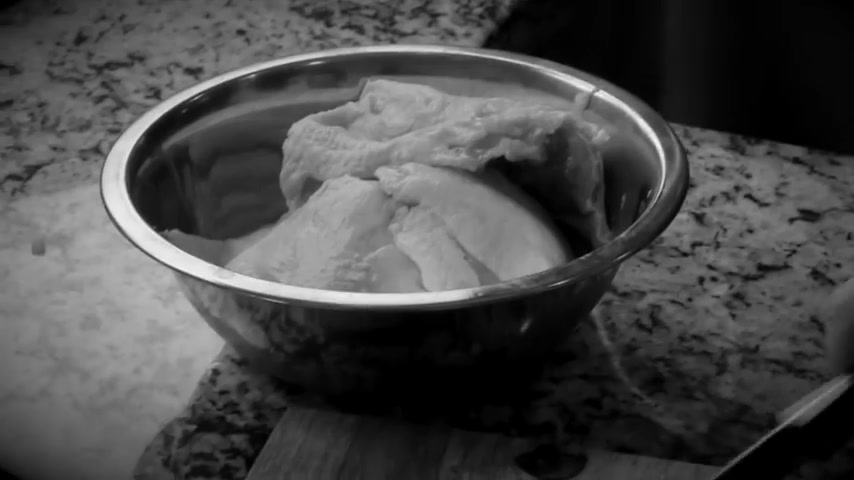
Hey , everybody .
My name is Joey .
And today I'll show you how to cook this porterhouse steak in a cast iron skillet .
I'll share tips covering everything from buying it at the store to serving up this delicious steak on your plate .
Now let's turn up the heat .
So what exactly is a porterhouse steak ?
Well , it's delicious and that's all you really need to know .
This hearty cut of beef is often regaled as the king of steaks because it combines two of the choices , most tender and most flavorful cuts of beef known to man .
Come on in and get a closer look at the king .
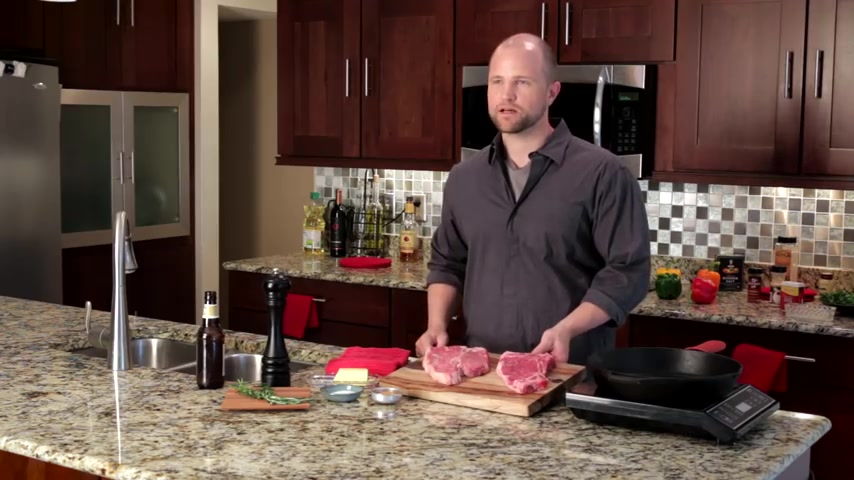
You will see that it has a T shaped bone that runs through the center and across the top .
If that sounds familiar , it's because the little brother of the Porterhouse is the eponymous named T Bone steak .
Pretty original name , right ?
As a matter of fact , they are nearly identical cuts of beef except do you notice what's missing ?
That's right .
The Porterhouse has a noticeably larger filet than its brother .
The T Bone A grade steak .
A steakhouse quality steak begins with the purchase before you buy your steak .
You absolutely must consider the grade beef comes in three grades , prime choice and select with prime being the very , very best and select being the least tender and least flavorful with choice somewhere in between simply stated by either choice or prime or don't waste your time .
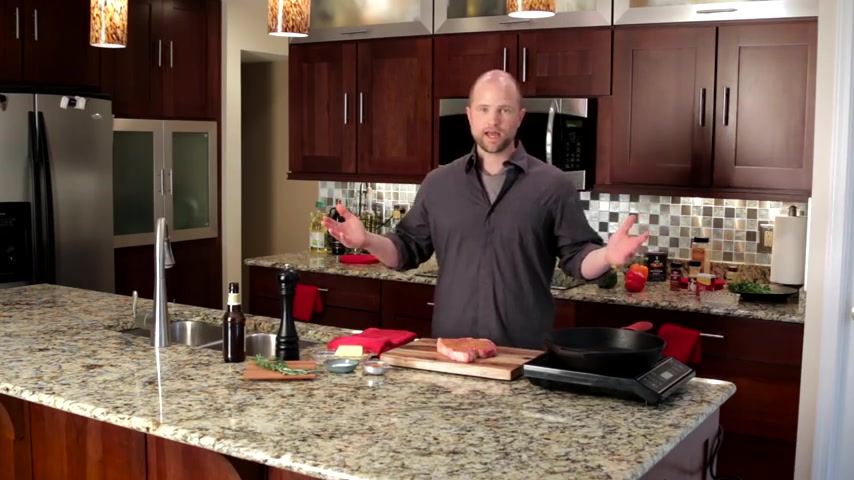
And within those grades , be sure to select steak that has the most amount of marbling , which will promote tenderness and flavor .
Next season , it some purists will tell you that you should only season your steak with kosher salt and coarse ground pepper .
But I say use whatever you want experiment .
If you want another idea , check out our simple steak rub by clicking the link on your screen now .
And if you want to live on the edge , add some red pepper flakes to give it a little something , something no matter what you season your steak with .
Be sure to apply it liberally to give it that nice brown crusted and tasty exterior .
Now to the pan itself , you should use cast iron to achieve the very best results .
If you don't own one and you want to be a good cook .
You should pause this video right now and go buy one .
It's the most versatile pan in the kitchen .
Next , turn up the heat , add your oil and let that pan get nice and hot .
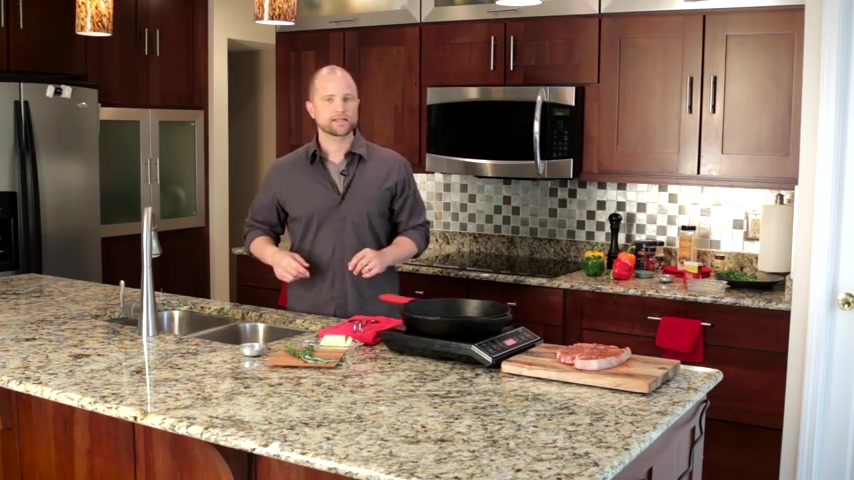
If you're unsure if the pan is ready as a test .
Simply your hand with a little bit of water and let a drop or two fall into the pan .
If it sizzles or smokes , you're good to go .
Can you hear that at home ?
Can you hear that steak sear ?
If tasty could make a sound , this would be it once the steak is in the pan , I use general timing guidelines based upon thickness , but this is not a perfect science .
The time can depend upon the thickness as well as the temperature of the steak .
Not to mention the heat of the pan when you put it in .
However , I generally flip after two or three minutes for a thinner steak and up to four minutes for a thicker steak .
There are several opinions on flipping the stake .
Some will tell you to flip it only once .
Others will tell you to flip it every minute .
I prefer to flip it as little as possible , but may need to flip it more than once to achieve an evenly cooked steak .
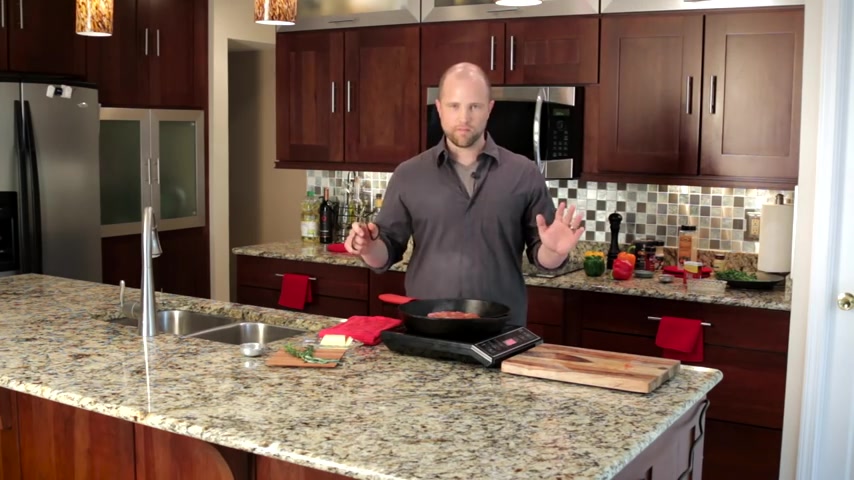
Also on flipping , always use tongues , never use a fork .
If you pierce a steak , you may lose some of that delicious meat nectar .
Once I flip it , I like to add just a little bit of butter and some rosemary .
This will give it some great aromatics , some additional flavor .
I wish you could smell this delicious steak cooking right in your kitchen .
Never spend $50 at a restaurant for a steak when you can make this right at home and look at that color .
That's exactly why I use liberal seasoning .
It gives it this wonderful crusted brown and tasty exterior .
Now that the steak has been cooking for a few minutes , how will you know when it's rare , medium or ?
God forbid ?
Well done ?
Well , if you want to reach meat nirvana , you will need to learn to literally feel the temperature of the steak with your hands .
It will take some practice .
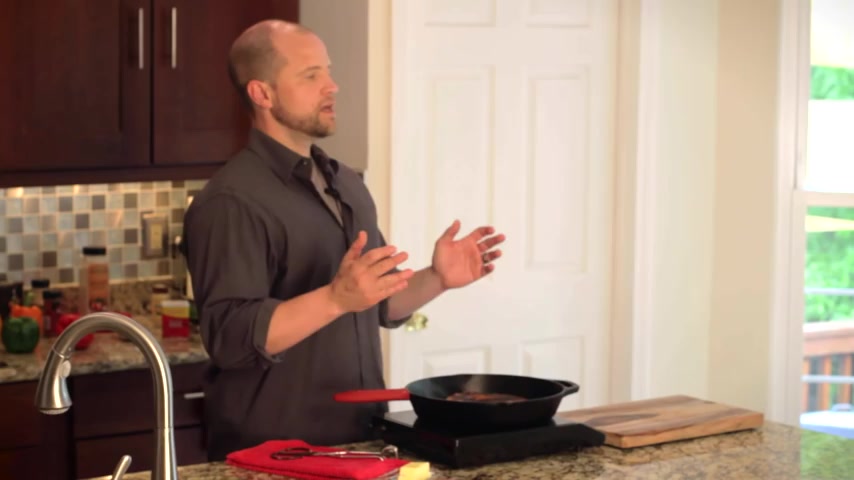
However , as a simple guide , use the inside of your thumb for rare , use the outside of your thumb for medium and use the bottom of your wrist for well done or you just ruined it .
If you're not comfortable with the field method , keep a thermometer nearby , it's better to know the temperature of your steak than to overcook .
It .
This smells so good , the rosemary with the butter and the steak all caramelizing together .
It just smells so fantastic .
Now that the steak is done , let it rest for at least five minutes .
If you're a recovering fat kid like me , this will undoubtedly be the hardest part of the meal .
Now at home , you may be wondering what side dish is it going to serve with this ?
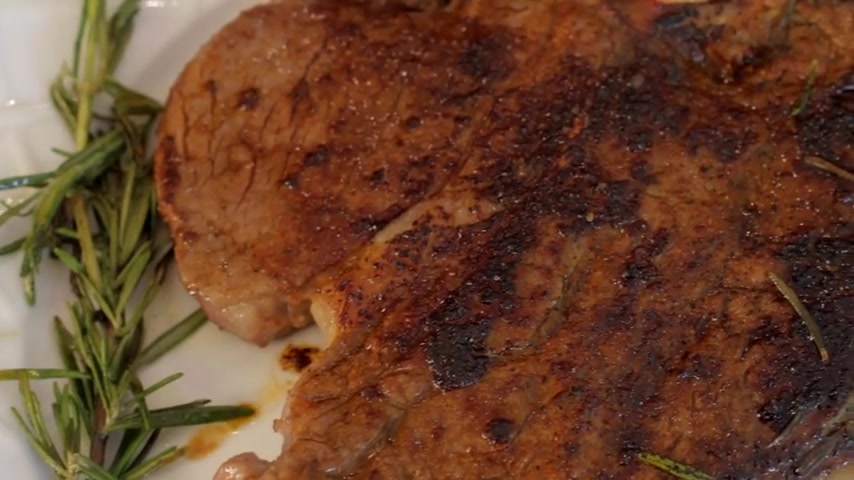
Well , this is red meat lover , not side dish lover , but I will tell you that you can never go wrong with potatoes and some roasted vegetables .
This is the perfect recipe when you don't feel like firing up the grill .
You're making a dinner for one or even on a date night .
As this skillet can fit up to two large steaks .
Our motto , any kind of meat , any type of heat reflects our belief that there's many right ways to cook beef .
We would love your feedback in the comments below or to Joey at red meat lover dot com .
And remember what Henry Ford once said , whether you think you can or you can , you're probably right .
We'll see you next time .
Mm .
Are you looking for a way to reach a wider audience and get more views on your videos?
Our innovative video to text transcribing service can help you do just that.
We provide accurate transcriptions of your videos along with visual content that will help you attract new viewers and keep them engaged. Plus, our data analytics and ad campaign tools can help you monetize your content and maximize your revenue.
Let's partner up and take your video content to the next level!
Contact us today to learn more.